Submitted by GAtherton on 24 February 2016
The Royal College of Physicians (RCP) and the Royal College of Paediatrics and Child Health (RCPCH) have published an extensive air quality report which highlight the impact on our health (and that of our children and the elderly) of air pollution. We cannot escape polluted air (not even as we form in our mother’s womb) as it is all around us and we have to breathe it in so it is up to all of us to do something about air pollution.
The report goes into a little detail on the impact of damp in the indoor environment but also other sources of pollution such as sprays, volatile chemicals, particulates that tend to concentrate indoors if ventilation is inadequate – and most homes at least in the UK do not have adequate ventilation. One part of the report recommends what we can all do to help cut pollution and one of those points is to make our homes more energy efficient presumably to contribute to lowering the amount of fossil fuel we burn to keep our homes warm. However there is an inherent paradox in cutting heating costs by adding insulation and cutting draughts in our homes as at the same time (in the UK and beyond) you are cutting ‘passive’ ventilation and thus increasing indoor pollution levels, increasing damp.
There is a missing link – how to ventilate without losing too much energy via lost warmed air and via the energy requirements of the ventilation system (e.g. mechanical ventilation).
The consequences of indoor air pollution are described in this passage:
The possible health consequences of exposure to the substances listed in Box 6 have been well evaluated 9,10 potential health impacts include asthma, chronic obstructive pulmonary disease (COPD), elsewhere; respiratory irritation, effects on the heart, and cancer, as well as non-specific symptoms such as headache, tiredness and loss of concentration (sometimes referred to as ‘sick building syndrome’).
Moulds and damp are but one risk to our health, though for people who are sensitised to damps & moulds the risk is significant and the vulnerable population not well described and we are reminded of the World Health Organisation report that goes into some detail on that subject.
News archives
-
Title
Date



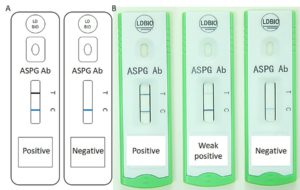


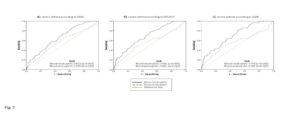
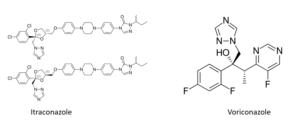
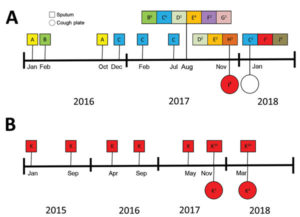
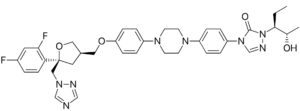
![Gulu referral hospital[2] Gulu referral hospital[2]](https://www.aspergillus.org.uk/wp-content/uploads/2019/03/Gulu-referral-hospital2_0-232x300.png)